
Prevention should be woven into all aspects of our lives, including where and how we live, learn, work and play. Everyone - government, businesses, educators, health care institutions, law enforcement, community leaders, and every single American - has a role in creating a healthier nation.
CHOOSE YOUR TOPIC OF INTEREST
Basic Understanding of Addiction
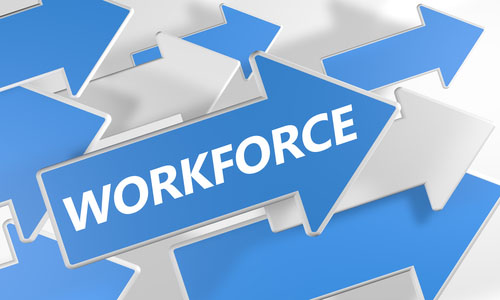
Why does anyone abuse alcohol or drugs?
People experiment with drugs and alcohol for many different reasons. Many people that first try drugs do so out of curiosity, to have a good time, because friends are doing it, or in an effort to improve mental/physical performance or to ease another problem, such as stress, anxiety, pain, or depression. Use doesn’t automatically lead to abuse, and there is no specific level at which drug use moves from casual to problematic. It varies by individual. Drug abuse and addiction is less about the amount of substance consumed or the frequency, and more to do with the consequences of drug use. No matter how often or how little you’re consuming, if your drug use is causing problems in your life—at work, school, home, or in your relationships—you likely have a substance abuse or serious addiction problem to address.
Learning About Addiction
Many people do not understand why or how other people become addicted to drugs. It is often mistakenly assumed that drug abusers lack moral principles or willpower and that they could stop using drugs simply by choosing to change their behavior. In reality, drug addiction is a complex disease, and quitting takes more than good intentions or a strong will.
If you’re worried about your own or a friend or family member’s drug use, it’s important to know that help is available. Learning about the nature of drug abuse and addiction—how it develops, what it looks like, and why it can have such a powerful hold—will give you a better understanding of the problem and how to best deal with it.

What Is Drug Addiction?
Addiction is a chronic, often relapsing brain disease that causes compulsive drug seeking and use, despite harmful consequences to the addicted individual and to those around him or her. Although the initial decision to take drugs is voluntary for most people, the brain changes that occur over time challenge an addicted person’s self-control and hamper his or her ability to resist intense impulses to take drugs.
Similar to other chronic, relapsing diseases, such as diabetes, asthma, or heart disease, drug addiction can be managed successfully. And as with other chronic diseases, it is not uncommon for a person to relapse and begin abusing drugs again. Relapse, however, does not signal treatment failure—rather, it indicates that treatment should be reinstated or adjusted or that an alternative treatment is needed to help the individual regain control and recover.
What Happens to Your Brain When You Take Drugs?
Drugs are chemicals that tap into the brain’s communication system and disrupt the way nerve cells normally send, receive, and process information. There are at least two ways that drugs cause this disruption: by imitating the brain’s natural chemical messengers and/or by overstimulating the “reward circuit” of the brain.
Some drugs, such as marijuana and heroin, have a similar structure to chemical messengers called neurotransmitters, which are naturally produced by the brain. This similarity allows the drugs to “fool” the brain’s receptors and activate nerve cells to send abnormal messages. Other drugs, such as cocaine or methamphetamine, can cause the nerve cells to release abnormally large amounts of natural neurotransmitters or to prevent the normal recycling of these brain chemicals, which is needed to shut off the signal between neurons. This disruption produces a greatly amplified message that ultimately disrupts normal communication patterns.

Nearly all drugs, directly or indirectly, target the brain's reward system by flooding the circuit with dopamine. Dopamine is a neurotransmitter present in regions of the brain that control movement, emotion, motivation, and feelings of pleasure. The overstimulation of this system, which normally responds to natural behaviors that are linked to survival (eating, spending time with loved ones, etc), produces euphoric effects in response to the drugs. This reaction sets in motion a pattern that "teaches" people to repeat the behavior of abusing drugs.
As a person continues to abuse drugs, the brain adapts to the dopamine surges by producing less dopamine or reducing the number of dopamine receptors. The user must therefore keep abusing drugs to bring his or her dopamine function back to ''normal'' or use more drugs to achieve a dopamine high.
Long-term drug abuse causes changes in other brain chemical systems and circuits, as well. Brain imaging studies of drug-addicted individuals show changes in areas of the brain that are critical to judgment, decision-making, learning and memory, and behavior control. Together, these changes can drive an abuser to seek out and take drugs compulsively -- in other words, to become addicted to drugs.
Why Do Some People Become Addicted While Others Do Not?
No single factor can predict whether a person will become addicted to drugs. Risk for addiction is influenced by a combination of factors that include individual biology, social environment, and age or stage of development. The more risk factors an individual has, the greater the chance that taking drugs can lead to addiction. For example:
- Biology. The genes that people are born with—in combination with environmental influences—account for about half of their addiction vulnerability. Additionally, gender, ethnicity, and the presence of other mental disorders may influence risk for drug abuse and addiction.
- Environment. A person’s environment includes many different influences, from family and friends to socioeconomic status and quality of life in general. Factors such as peer pressure, physical and sexual abuse, stress, and quality of parenting can greatly influence the occurrence of drug abuse and the escalation to addiction in a person’s life.
- Development. Genetic and environmental factors interact with critical developmental stages in a person’s life to affect addiction vulnerability. Although taking drugs at any age can lead to addiction, the earlier that drug use begins, the more likely it will progress to more serious abuse, which poses a special challenge to adolescents. Because areas in their brains that govern decision making, judgment, and self-control are still developing, adolescents may be especially prone to risk-taking behaviors, including trying drugs of abuse.
Painkillers, Narcotic Abuse, and Addiction
One of the most frequent reasons people go to the doctor is for pain relief. There are a number of different drugs that can ease pain. Opioids -- also called opiates or narcotics -- are pain relievers made from opium, which comes from the poppy plant. Morphine and codeine are the two natural products of opium. Synthetic modifications or imitations of morphine produce the other opioids.
TOP ABUSED OPOIDS
Heroin
(Diamorphine)
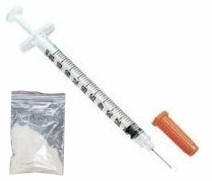
Dilaudid
(Hydromorphone)

Percocet, Percodan, OxyContin (Oxycodone)
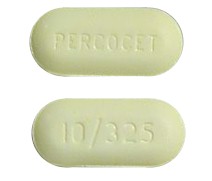
Vicodin, Lorcet, Lortab (Hydrocodone)
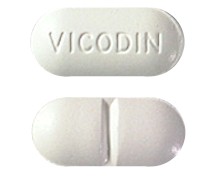
Demerol
(pethidine)
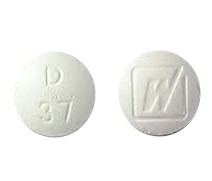
Methadone
(Methadose)
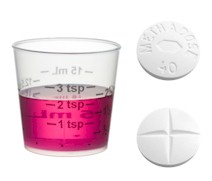
Duragesic
(Fentanyl)

When people use narcotics only to control pain, they are unlikely to become addicted to the drugs. However, opioids provide an intoxicating high when injected or taken orally in high doses. Opioids are also powerful anxiety relievers. For these reasons, narcotic abuse is one of the most common forms of drug abuse in the U.S.
Other Abused Drugs
Strictly speaking, most drugs referred to informally as narcotics really aren't. However, two drug classes have some similar effects to opioids, when abused:
- Benzodiazepines include Valium, Ativan, and Xanax. Benzodiazepine abuse results in sedation and calm, but tolerance develops rapidly. Withdrawal can result in seizures, unlike opioid withdrawal.
- Barbiturates include Seconal, Amytal, Nembutal, and Luminal. Barbiturates are also sedating and calming. Withdrawal after continued barbiturate abuse, like benzodiazepine abuse, is medically serious.
In general, benzodiazepines and barbiturates have less pain-relieving effects than opioids. All three drug classes are sedating and anxiety-relieving. Benzodiazepine abuse, barbiturate abuse, and narcotic abuse all produce tolerance and physical dependence over time, and withdrawal symptoms after sudden discontinuation.
Impact on Society
Beyond the negative consequences for the individual that drug abuse and addiction can have for individuals, there is also a significant impact on society at large. Estimates of the total overall costs of substance abuse in the United States, including productivity and health- and crime-related costs, exceed $600 billion annually. This includes approximately $193 billion for illicit drugs, $193 billion for tobacco, and $235 billion for alcohol. As staggering as these numbers are, they do not fully describe the breadth of destructive public health and safety implications of drug abuse and addiction, such as family disintegration, loss of employment, failure in school, domestic violence, and child abuse.
Abuse of tobacco, alcohol, and illicit drugs is costly to our Nation more than $740 billion annually in costs related to crime, lost work productivity, and health care.
SOURCE: https://www.drugabuse.gov/related-topics/trends-statistics

Community Capacity Prevention Resources

SAMHSA’s Strategic Prevention Framework (SPF) is a planning process for preventing substance use and misuse.
The five steps and two guiding principles of the SPF offer prevention professionals a comprehensive process for addressing the substance misuse and related behavioral health problems facing their communities. The effectiveness of the SPF begins with a clear understanding of community needs and involves community members in all stages of the planning process.
To “build capacity” means to increase the resources, people, partnerships, coalitions, and skills that are essential to the successful implementation of prevention plans. This can be used to tackle a single issue or multiple issues in your community.
Community Based Capacity Building
Even though prevention organizations typically spearhead this type of community based activity any community can accept that they have a substance abuse problem and pool the resources, people, partnerships, coalitions and skills that are necessary to address the issue.
Community Based Capacity Building Tools
Community Youth Activities
Sticker Shock Activities
(ATOD) Alcohol, Tobacco and Other Drug sticker Shock campaigns bring awareness towards the drinking age, underage drinking, legal tobacco age, and social host liability. Stickers and/or hangers placed on the cooler windows and on the products throughout the store act as “warning” labels to inform the public of the consequences they can face if they provide or purchase alcohol/tobacco for minors. The message comes in loud and clear when minors are the ones spreading the word and taking action. Parents, older siblings, older friends, etc. are often unaware that they themselves can get into trouble along with the individual that is not of age. Underage drinking and tobacco use is a serious issue and can be harmful to the individual.
A few examples of the stickers for these activities include:
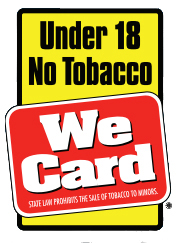

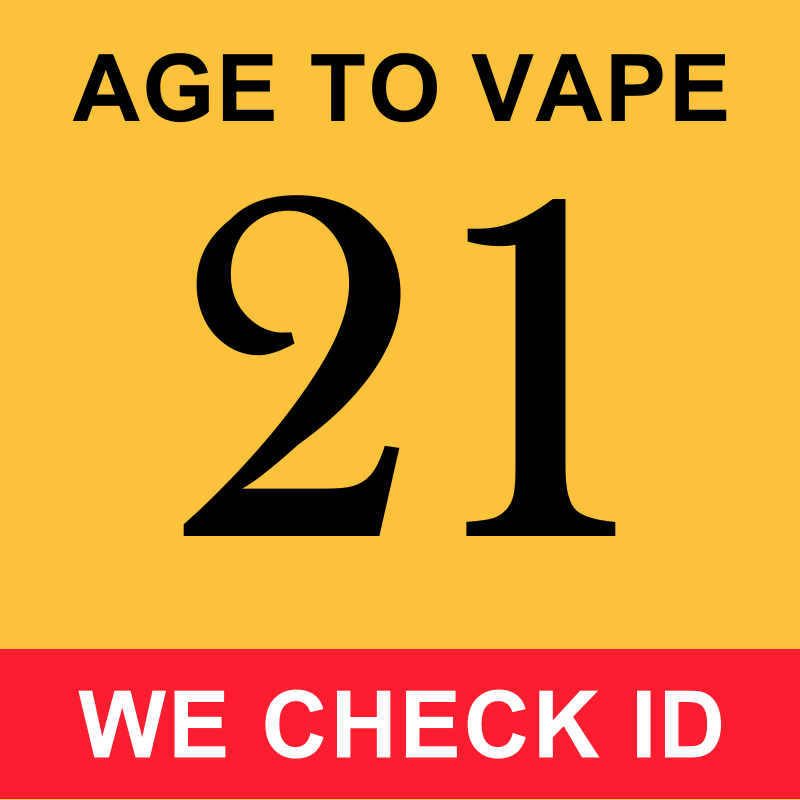
Alerts potential tobacco underage customers to “Please Have Their ID Ready.”
Alerts customers to the fact that they can be penalized with: $1,000 in fines and 1 year in jail for providing alcohol to anyone under 21.
Alerts potential vaping customers to “Please Have Their ID Ready.”
Law Enforcement Resources
Substance Abuse Laws, Regulations and Rules
Below, you will find links to laws, regulations, case law, and the State Personnel Board Rule that guide the State's substance abuse program.
Federal Regulations
- 49 C.F.R. Part 40 - U.S. Department of Transportation Regulations for Workplace Drug and Alcohol Testing Program
- 49 C.F.R. Part 382 - Federal Motor Carrier Safety Administration's Substance Abuse Programs for Drivers of Commercial Motor Vehicles
- 49 C.F.R. Part 655 - Federal Transit Administration Prevention of Alcohol Misuse and Prohibited Drug Use in Transit Operations
- 49 C.F.R. Part 199 - Pipeline & Hazardous Materials Safety Administration Drug and Alcohol Testing
- 33 C.F.R. Part 95 - United States Coast Guard Rules for the Safe Operation of Vessels and Safety Management Systems
State Laws and Regulations
- O.C.G.A. § 45-20-90 - Random Drug Testing of Employees in High Risk Jobs
- O.G.G.A. § 45-20-110 - Pre-Employment Drug Testing for High Risk State Positions
- Georgia Association of Educators v. Harris
- State Personnel Board Rule 21 Drug and Alcohol Free Workplace Program
DUI & DWI in Georgia
- Georgia DUI Defined
- DUI Penalties: Younger Than 21
- DUI Penalties: 21 and Older
- Controlled Substance and Marijuana Possession
- Commercial Drivers and DUI
- Other GA DUI Penalties
How to Help a Co-worker or Employee Struggling With Addiction?

3 Things You Can (and Can’t) Do to Help an Addicted co-worker or employee
If you are trying to help a friend or loved one struggling with addiction you need to know the “three Cs” of addiction recovery: You didn’t cause it, you can’t cure it and you can’t control it.
So how do you help someone if you’re influential, but you aren’t in control? If you’re to stay close but avoid enabling? Here are a few suggestions from friends who have come face to face with the harsh realities of the disease of addiction:
What You Can’t Do

Make them quit
You can stage an intervention, and you may be successful, but you cannot force someone with a substance abuse problem to quit. Even in states that allow involuntary treatment, you can’t make someone get sober. You can’t control them or the situation, and the sooner you accept your lack of control, the sooner they can face the natural consequences of their actions.
(EAP) Employee Assistance Programs
Check to see if your company has an (EAP) Employee Assistance Program. Employee Assistance Programs are a great first step to identifying a substance abuse problem and may be covered by your health insurance.

Do the work of recovery for them
Even if your co-worker or employee goes to drug rehab, you can’t do the work of recovery for them and you can’t prevent relapse.
For many, even those who ultimately maintain their recovery long-term, relapse is a common part of the process. Like other chronic diseases, it’s not unusual for those struggling with addiction to need multiple episodes of treatment.

Do not accept behavior that violates your employment boundaries
To avoid enabling, you have to set boundaries for your co-workers and employees in a written substance abuse policy. Once you’ve laid out your policy, allowing a co-worker or employee to violate them destroys your credibility and perpetuates your co-worker or employees addiction.
For some people struggling with addiction, experiencing the consequences of their drug use is the only way they’ll recognize the seriousness of the problem and get help. If you visit an open AA meeting. “More often than not, you’ll hear people say "Thank God my employer fired me" or something related to a consequence. As difficult as it sounds, you don’t have the power to fix it. Only they do.
What You Can Do

Get educated
You can’t help fight an enemy you don’t understand. Learn about addiction — the signs, the treatments, the relapse triggers — and talk to your co-worker or employees about drugs and alcohol honestly. Of course, education is no guarantee of healthy choices, but it can be a powerful tool in preventing alcohol and drug abuse and finding a way into recovery.
If you have a co-worker or employee that goes into treatment, participate in any programs that you feel comfortable with. The education and encouragement offered by a drug rehabilitation center can help you support your co-worker or employee and take care of your own needs at the same time. Then continue to be a source of support and accountability post-treatment, when drug cravings and triggers heighten the relapse risk. Experts strongly recommends putting into place an employment recovery contract when a co-worker or employee returns from treatment.

Take care of yourself
A critical lesson for everyone is the importance of being good to yourself, regardless of whether your co-worker or employee is doing well. You can’t control another person, but you can make healthy decisions for yourself. And you must in order to have any hope of being able to support and encourage your co-worker or employee long term.
For some people, groups like Al-Anon provide a safe place to get education and fellowship with others who are facing similar struggles. Others prefer seeing a therapist privately or joining a different type of support group.
There’s a lot of pain and grief involved when you have a co-worker or employee with a substance abuse problem.

Talk about it
Talking about the problem can be healing both for the person trying to overcome addiction as well as their co-workers. A co-worker or employee with an substance abuse problem may be reluctant to come to you and ask for help, but if you can tolerate the lies and manipulation, an open dialogue is your best chance to be there for them when they need you most.
The realities of addiction are painful. It’s hard to hear that a co-worker or employees life is at risk and you can’t fix it. But once you accept certain realities, you may discover that there’s empowerment beyond the powerlessness. There are steps you can take to help yourself and your addicted co-worker or employee, and once you’ve taken those steps you can take solace in knowing you did all that you could for your business in the face of a devastating disease.
Visibility of ATOD Prevention Around the Community (Social Host)

Underage Drinking in the Home - What does state law say?
Current state criminal statutes do not address social hosting. However, some communities may have local ordinances on social hosting that can include fines and other penalties.
Can the adult be sued?
A person who willfully, knowingly, and unlawfully sells, furnishes, or serves alcoholic beverages to a person who is underage, or any person who is in a state of noticeable intoxication, knowing that such person will soon be driving a motor vehicle, may become liable for injury or damage when the sale, furnishing, or serving is the proximate cause of such injury or damage.
Are there liability limits to the amount of money the adult can be sued for?
Not specified.
Drug Abuse In The Workplace





